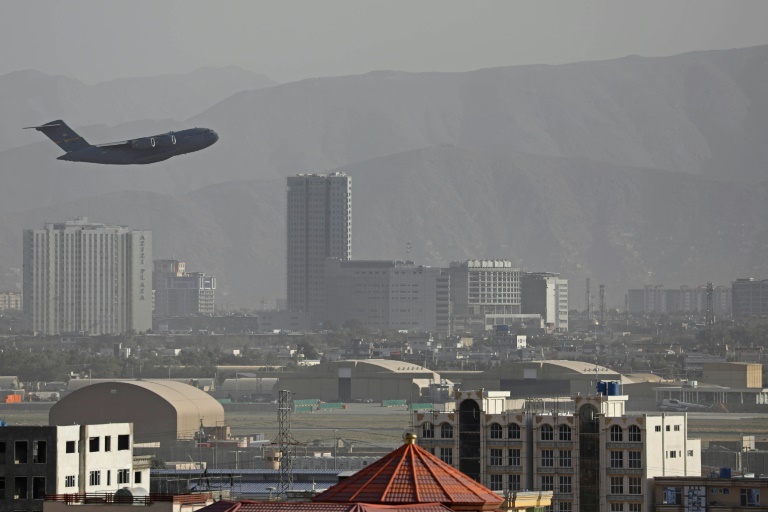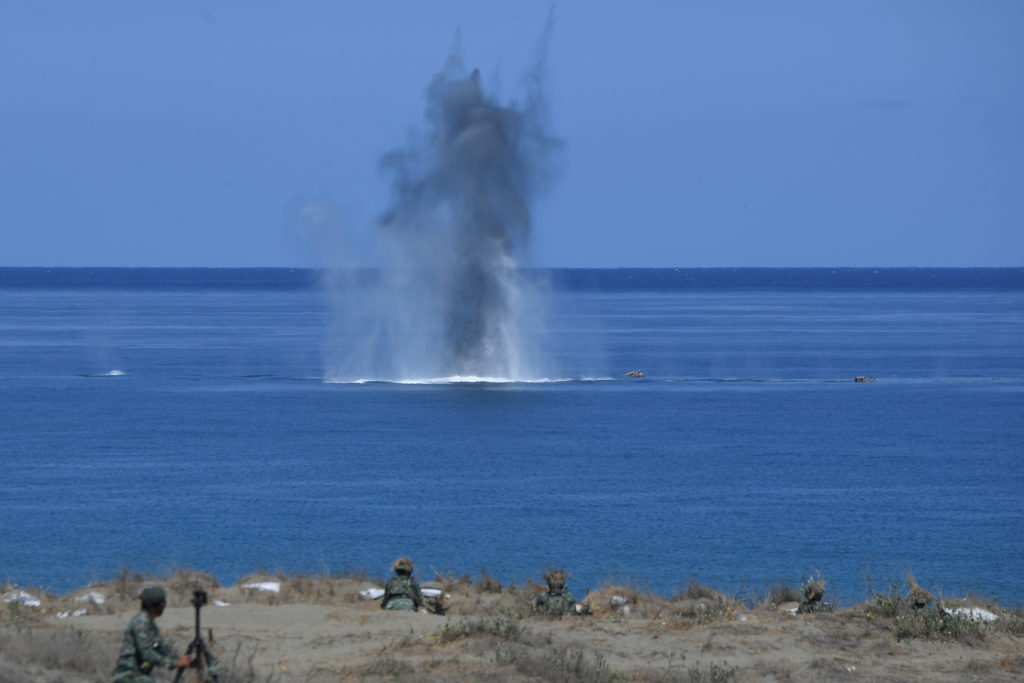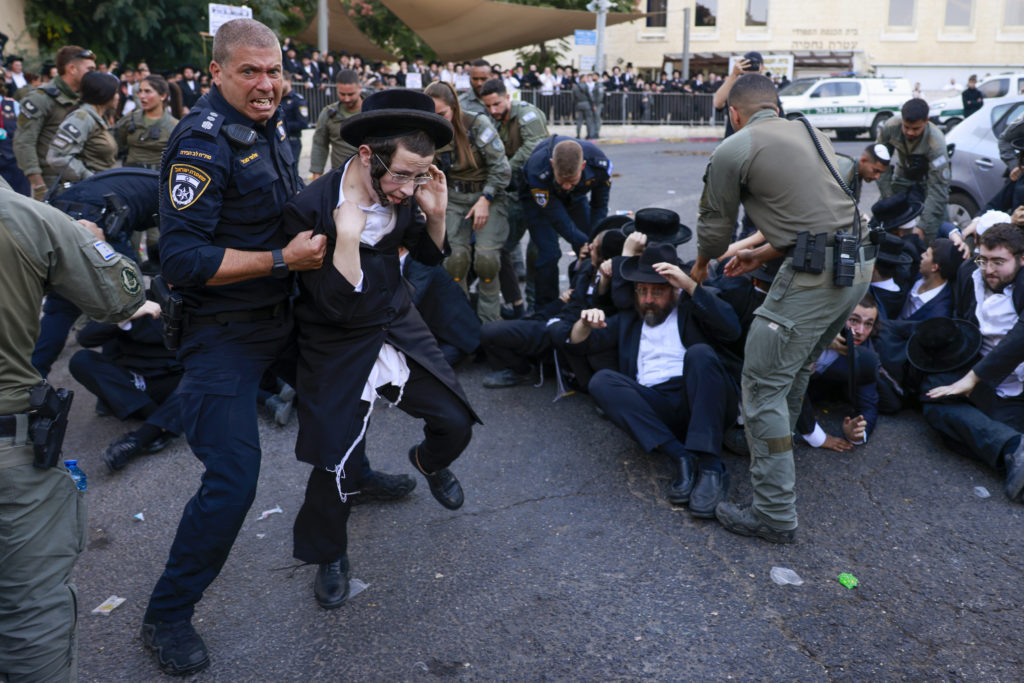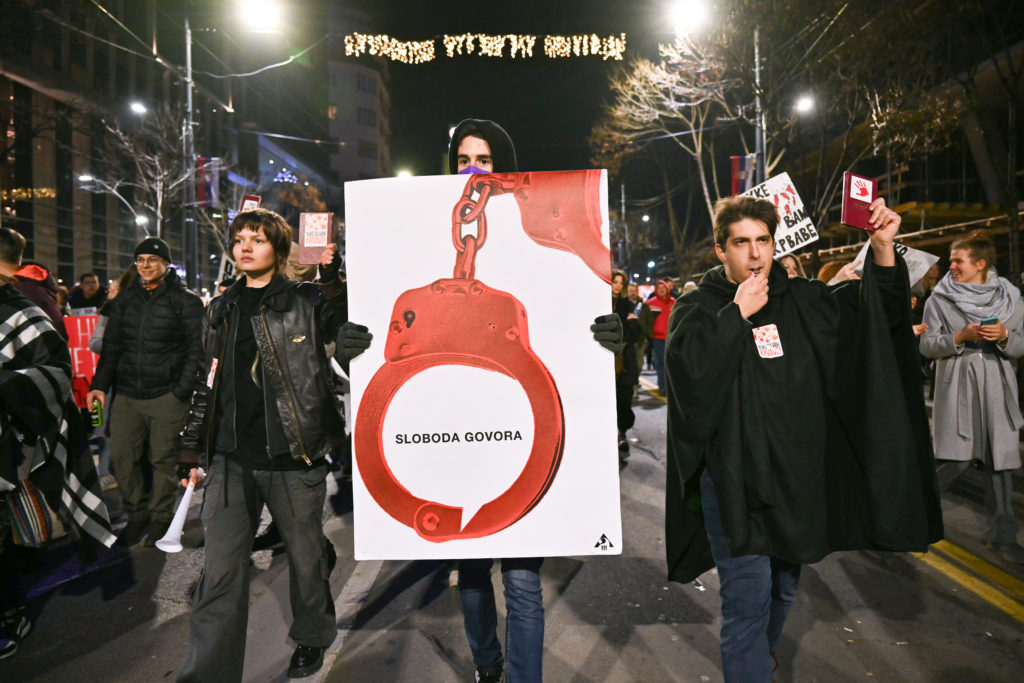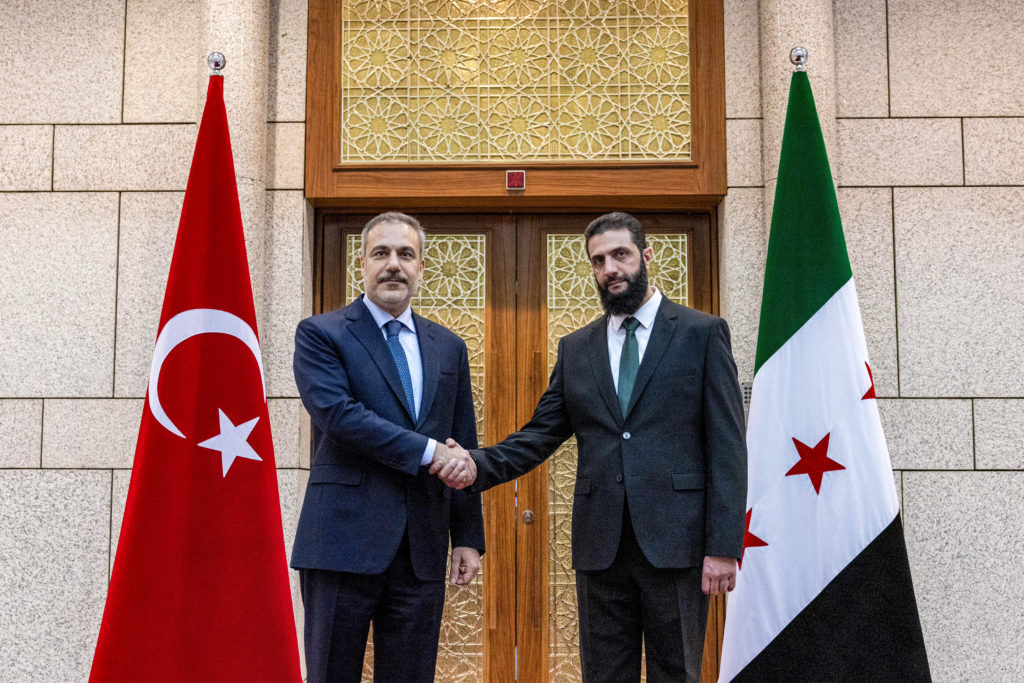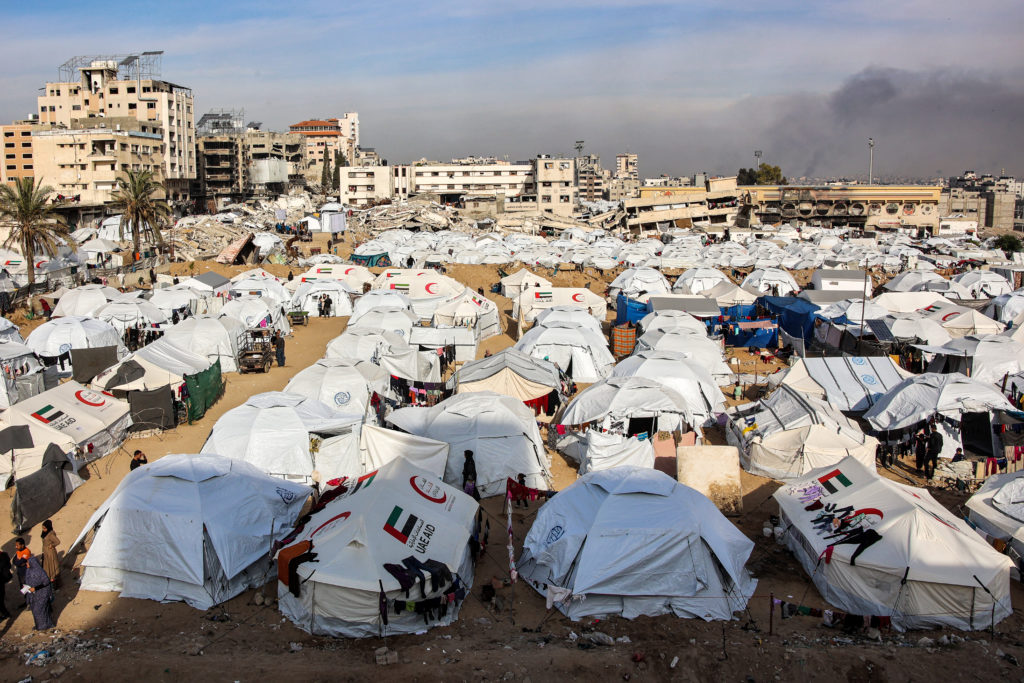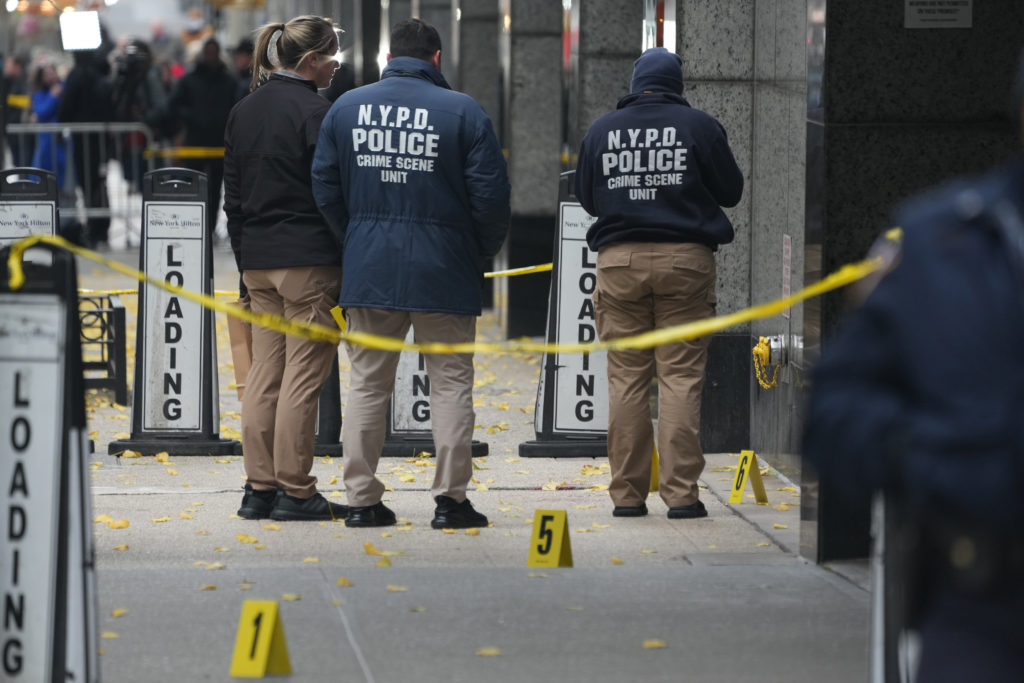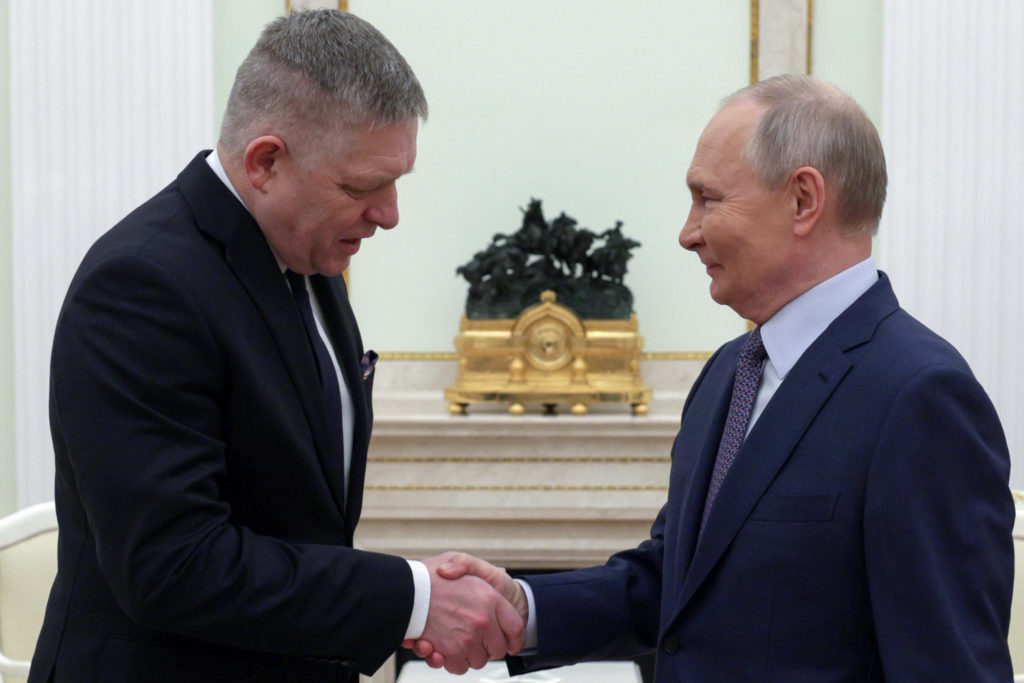US military officials say it is nearly impossible to eliminate the threat of another attack on the Kabul airport airlift, and that close cooperation with longtime enemy the Taliban is crucial to keeping it safe.
One day after an Islamic State suicide bombing killed at least 85 people, including 13 American troops, the Pentagon said it was determined to keep processing refugees through the gates of the airport and onto aircraft through the August 31 deadline.
“We have seen firsthand how dangerous that mission is. But ISIS (Islamic State) will not deter us from accomplishing this mission,” Major General Hank Taylor told reporters Friday.
Thursday’s attack showed the high risks being taken with the evacuation, which has flown at least 105,000 people out of the country since the operation began on August 14 as the Taliban claimed control of the country.
It appeared that an IS suicide bomber exploded his bomb just outside the airport’s Abbey Gate, where thousands of people had gathered, hoping to leave the country.
After the explosion, IS gunmen opened fire, adding to the carnage.
Pentagon spokesman John Kirby said Friday that the threat has not dissipated.
“We still believe there are credible threats… specific, credible threats,” Kirby said.
– ‘You have to get close’ –
The more than 5,000 US troops who control the airport have assumed the role of gatekeepers, clearing evacuees through entrances while standing guard on the airport compound’s razor-wired walls.
“We have to check people before they get onto the airfield. We have to ensure they’re not carrying a bomb or any other kind of weapon that could ultimately make its way onto an aircraft,” said General Kenneth McKenzie, the head of the US military’s Central Command.
“We can’t do that with standoff. You ultimately have to get very close to that person,” he said of the Marine guards. “There’s really no other way to do it.”
The operation has been aware since the beginning of a threat from IS-Khorasan, a violent jihadist group at odds with the Taliban.
US troops brought with them defenses against possible mortar and rocket attacks, but so far none have emerged as, on some days, nearly 100 evacuation flights have lifted off from the airport.
In one of the greater ironies after two decades of war, racing to meet the August 31 deadline for the US withdrawal has meant constant cooperation on evacuee movements and the IS threat with longtime foe the Taliban.
The head of US forces at the airport, Rear Admiral Peter Vasely, is in constant contact with the Taliban official overseeing security in the area of the airport.
In most cases, US officials say, the Taliban has expedited the passage into the airport of foreign nationals, Afghans with visas to the United States and even Afghans who face threats from the Taliban due to their political or social activism or work for the media.
While President Joe Biden has been criticized for cooperating with the hardline Islamist group, McKenzie defended it, including sharing intelligence with them related to the evacuation.
“We give them enough to act in time and space to try to prevent these attacks,” McKenzie said, noting he did not blame them for Thursday’s bombing.
“We believe that some attacks have been thwarted by them,” he said. “I don’t think there’s anything to convince me that they let it happen.”
After the attack, Taylor said, US officials have stepped up discussions with the Taliban on intensifying security in the area of the airport and strengthening their checkpoints.
Retired General Joseph Votel, who previously served as head of Central Command, said the cooperation and deconfliction efforts with the Taliban was appropriate.
“This is a difficult situation,” Votel told NPR radio.
“The circumstances they find themselves in is they’re operating from an airfield that is surrounded by a large urban area that is controlled by the Taliban,” he said.

